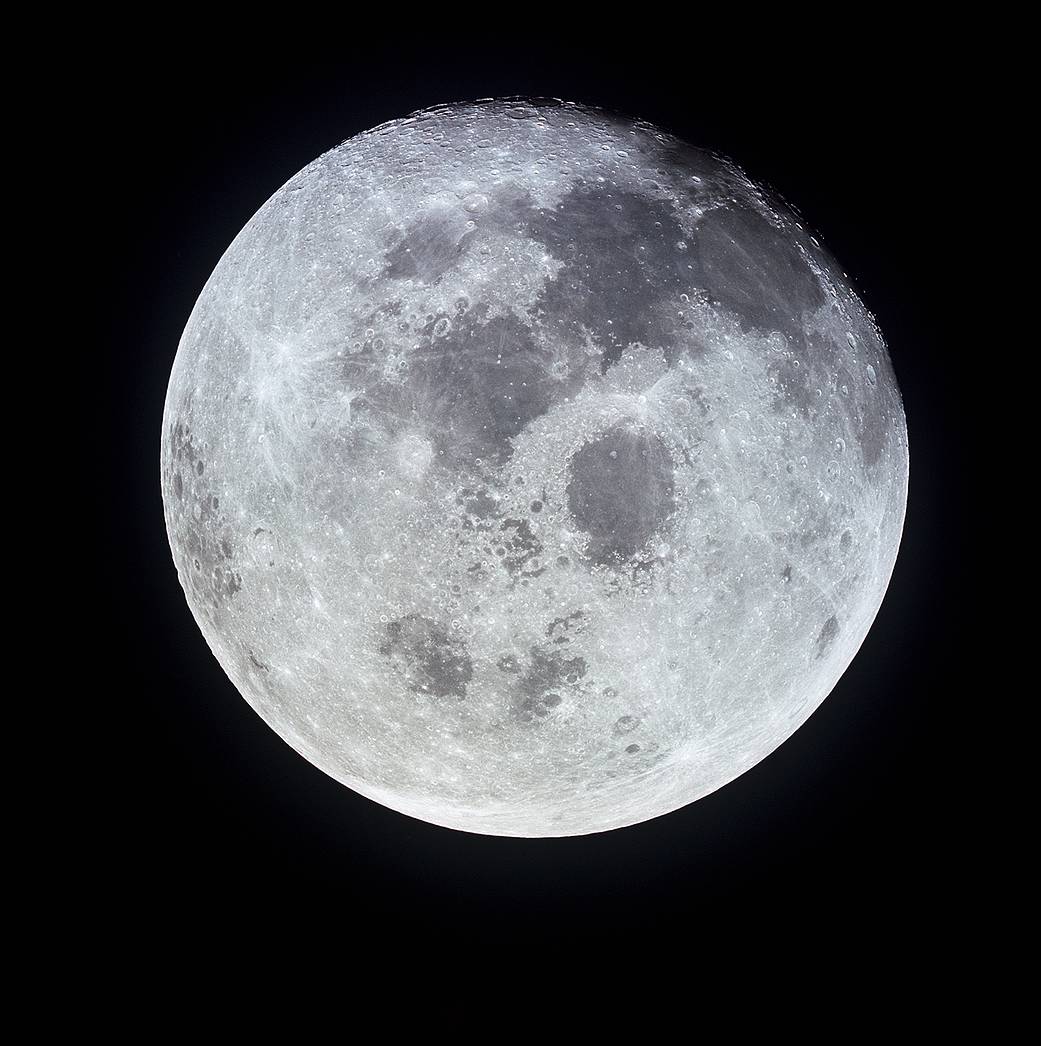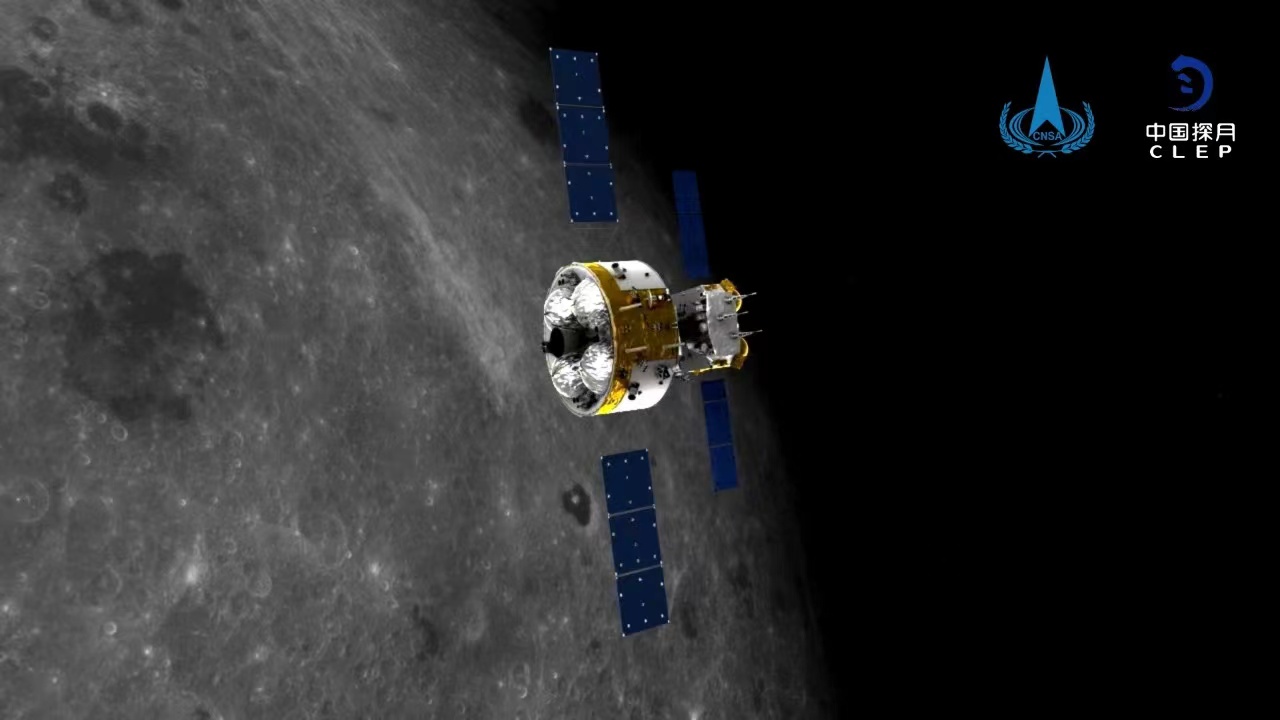Recently, by analyzing the lunar soil retrieved by Chang’e 5, Chinese scientists have proposed a strategy for using lunar soil for extraterrestrial artificial photosynthesis, which will help future lunar exploration, habitation and travel.  The long-term survival on the moon is a manned deep The first milestone in the space exploration journey. Maximizing the use of resources and energy on the moon can help humans build a relay station on the moon that supports both life support and spacecraft launch.
The long-term survival on the moon is a manned deep The first milestone in the space exploration journey. Maximizing the use of resources and energy on the moon can help humans build a relay station on the moon that supports both life support and spacecraft launch.
Compared with the existing extraterrestrial survival technology, extraterrestrial artificial photosynthesis technology is expected to use the resources and environment of the moon to produce oxygen, fuel and survival supplies. The technology operates over a wide temperature range, enabling low energy consumption and efficient energy conversion.
In addition, extraterrestrial artificial photosynthesis mainly uses carbon dioxide (CO2) breathed by humans and water resources extracted in situ on the moon to jointly produce oxygen and hydrocarbons. Achieving this goal can greatly improve the feasibility and persistence of human survival on the moon, and at the same time have high economic benefits. 
Schematic diagram of Chang’e-5, the picture comes from China’s lunar exploration project
As one of the most abundant resources on the moon, lunar soil is used as an extraterrestrial artificial photosynthetic catalytic material, which is an in-situ resource on the moon an important part of utilization. Compared with catalysts on Earth, lunar soil or lunar soil extracts can be used as artificial photosynthesis catalysts on the moon, which can greatly reduce the load and cost of spacecraft. The lunar soil samples retrieved from the moon by Chang’e 5 (hereinafter referred to as “Chang’e 5 lunar soil”) provide a good opportunity for the realization of extraterrestrial artificial photosynthesis.
This time, the team of Academician Zou Zhigang of Nanjing University and Professor Yao Yingfang cooperated with the Chinese University of Hong Kong (Shenzhen) and the University of Science and Technology of China to analyze the elements of the Chang’e 5 lunar soil in detail Composition and mineral structure, the artificial photosynthesis performance of Chang’e-5 lunar soil was evaluated from three aspects: photovoltaic electrolysis, photocatalysis and photothermal catalysis, and a feasible extraterrestrial artificial photosynthesis strategy was proposed based on the artificial photosynthesis performance of lunar soil. The realization of the “zero energy consumption” lunar life support system has laid the material foundation. The results were published in the journal Joule. 
Image from “Joule”
The Chang’e-5 lunar soil is very young basalt on the lunar surface, rich in iron, titanium and other catalysts commonly used in artificial photosynthesis. “Chang’e-5 lunar soil has relatively clear mineral components, and these components have photocatalytic, photoelectric or photothermal catalysis properties to a certain extent.” said Yao Yingfang, a professor at Nanjing University, “At the same time, we found that the lunar soil surface has abundant microscopic Pore and vesicle structure, this micro-nano structure further improves the catalytic performance of lunar soil.”
The aforementioned team used machine learning and other methods to carry out research on the structure of lunar soil materials. After repeated analysis, it is clear that there are about 24 main crystal components in the Chang’e-5 lunar soil. Among them, good catalysts for artificial photosynthesis include: ilmenite, titanium oxide, hydroxyapatite, and 8 kinds of iron-based compounds. “We are currently conducting further screening and analysis based on these 8 materials, and will explore in-situ separation and refining methods suitable for the moon, so as to realize the preparation and application of highly efficient extraterrestrial artificial photosynthetic materials on the lunar surface.” 
The team confirmed the surface structure and composition of lunar soil through advanced characterization methods, indicating that lunar soil contains about 24 species Different crystalline minerals and about 13 elements, picture from Nanjing University
The team further used lunar soil as a catalytic material for photovoltaic electrolysis of water, photocatalytic water splitting, photocatalytic CO2 reduction, and photothermal catalytic CO2 hydrogenation and other reactions , to evaluate its performance. Studies have shown that lunar soil has high performance and selectivity in photovoltaic water electrolysis and photothermal catalytic CO2 hydrogenation reactions.
In view of the lunar environment, the team proposed feasible strategies and steps to use lunar soil to achieve extraterrestrial artificial photosynthesis, that is, using the extremely low temperature at night (-173°C) of the moon , the direct separation of carbon dioxide from human breathing air by condensation. Then, the Chang’e-5 lunar soil acts as an electrocatalyst for water splitting and a photothermal catalyst for CO2 hydrogenation, converting breathing exhaust gas and water resources exploited on the lunar surface intointo oxygen, hydrogen, methane and methanol. Among them, oxygen can provide life support for humans, methane is an active ingredient in rocket propellants, and methanol is a raw material for organic chemicals. 
Through testing and analysis, the team proposed a plan to potentially use lunar soil to achieve extraterrestrial survival on the lunar surface. Picture from Nanjing University
“On the lunar surface, lunar soil is an inexhaustible resource.” Yao Yingfang said, “Our research shows that by exploiting the water resources and lunar soil on the lunar surface, and through certain refining techniques, the moon can be realized. The construction of manned bases on the surface can maintain the long-term survival of human beings on the lunar surface.”
The aforementioned research provides a potential solution for the establishment of an in-situ resource utilization system adapted to the extreme lunar environment, and only Requires solar energy, water and lunar soil on the moon. Based on this system, humans may realize a “zero energy” extraterrestrial life support system, which truly supports lunar exploration, research and travel.
For the collection of lunar soil, in addition to seeking in situ development and utilization, there are two more important research directions. “The first is the origin and evolution of the moon. By studying the lunar soil, we can more accurately determine the age of the surfaces of the Earth, the moon and other planets, so that we can further understand the origin of the Earth, the moon, and Mars.” Yao Yingfang believes that the lunar soil may also be There is a large amount of helium-3 (the helium isotope gas), a clean energy source with the potential for thermonuclear fusion power generation in the future. Previous studies have shown that the lunar soil contains 1 million to 5 million tons of helium-3.
Schematic diagram of Chang’e 5 lunar soil, the picture is from China Lunar Exploration Project
The co-first authors of the paper are Professor Yao Yingfang of Nanjing University, Assistant Professor Wang Lu of the Chinese University of Hong Kong (Shenzhen), Zhu Xi, research assistant professor Tu Wenguang, and co-corresponding authors are Professor Xiong Yujie of University of Science and Technology of China, Academician Zou Zhigang and Professor Zhou Yong of Nanjing University.
The Chang’e-5 lunar soil samples were provided by the China National Space Administration, and the aforementioned work was obtained by scientific researchFunded by the Ministry of Science and Technology’s “Key Scientific Issues of Transformative Technology” key research and development plan, the Science and Industry Bureau’s key civil aerospace technology projects, the National Natural Science Foundation of China’s major research plans, and general projects, as well as the State Key Laboratory of Solid Microstructure Physics, Jiangsu Province Supported by the Key Laboratory of Nanotechnology and the Collaborative Innovation Center of Artificial Microstructure Science and Technology.
